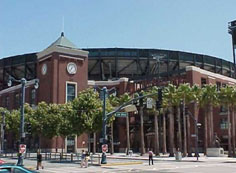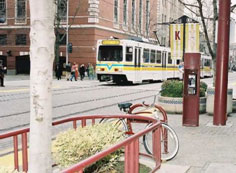Transit Oriented Development
What Is TOD?
Transit Oriented Development (TOD) is a development approach that encourages intensifying and inter-mixing land uses (residential, office, retail, and entertainment) around transit stations, integrating public amenities (open spaces and landscaping), and improving the quality of walking and bicycling as alternatives to automobile travel. Successful TOD projects also address ways to ensure personal security and safety, encourage economic and community development, respect the area’s cultural history, and strengthen the connections between transit and surrounding neighborhoods.
While the TOD approach is similar around all station areas around the nation, the development itself or the specific project around each station area is unique.
Each station within the transit network serves a different transportation purpose and the neighborhoods it serves all have different values and opportunities. Community visioning is vital to ensuring that a TOD projects meets the desires of residents, businesses, transit riders and local governments.




Baltimore City TOD
There are many opportunities for Transit Oriented Development in Baltimore City. In theCity, TOD willbe used to focus on the connection between development and transit as the key to helping neighborhoods achieve their goals and to promote transit use, bicycling, and walking as alternatives to automobile travel. Currently, our Comprehensive Master Plan, in Appendix D, outlines a TOD Strategy for implementing projects around transit stations that meet TOD objectives. Additionally, the Development Guidebook contains a checklist for Transit Oriented Development which is intended to guide Baltimore City agencies in reviewing proposed projects near transit stations, and in assessing the transit-friendliness of land-use plans, codes, and ordinances.